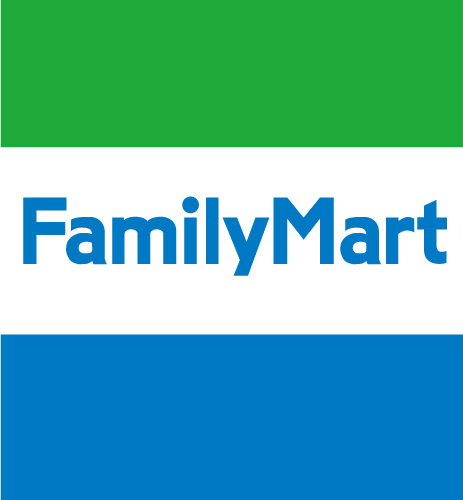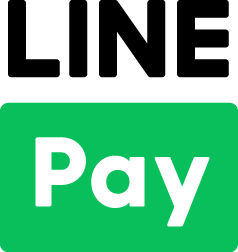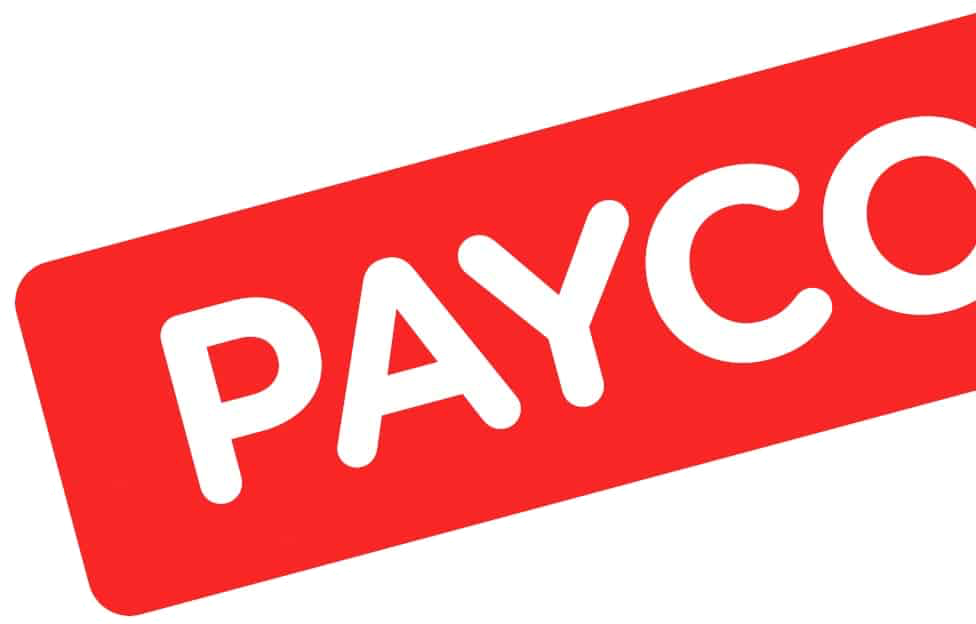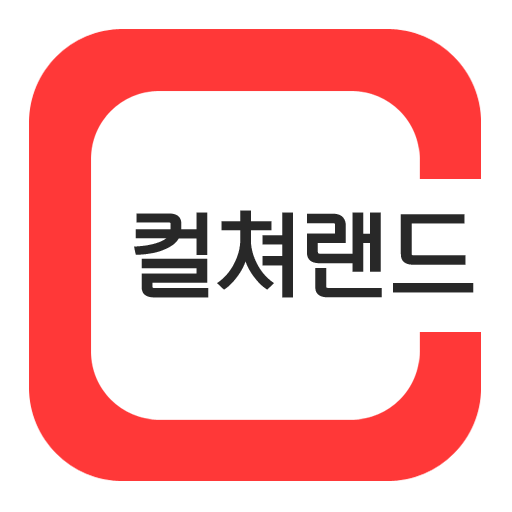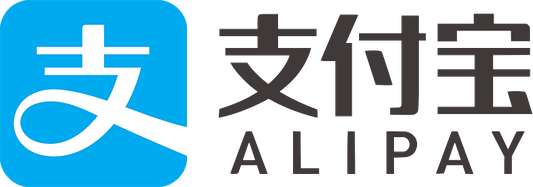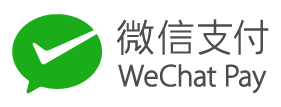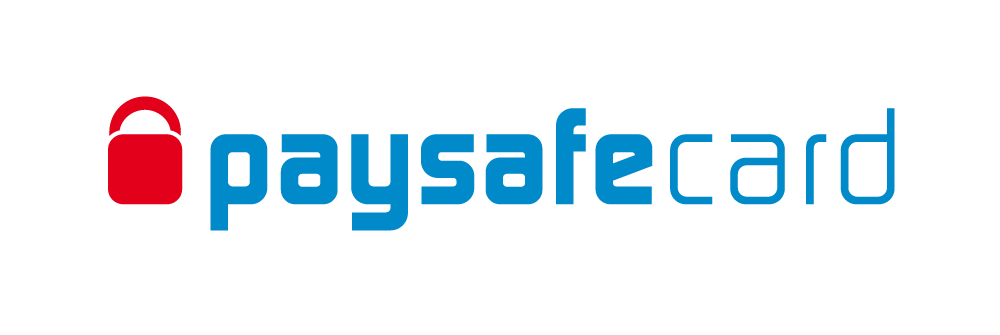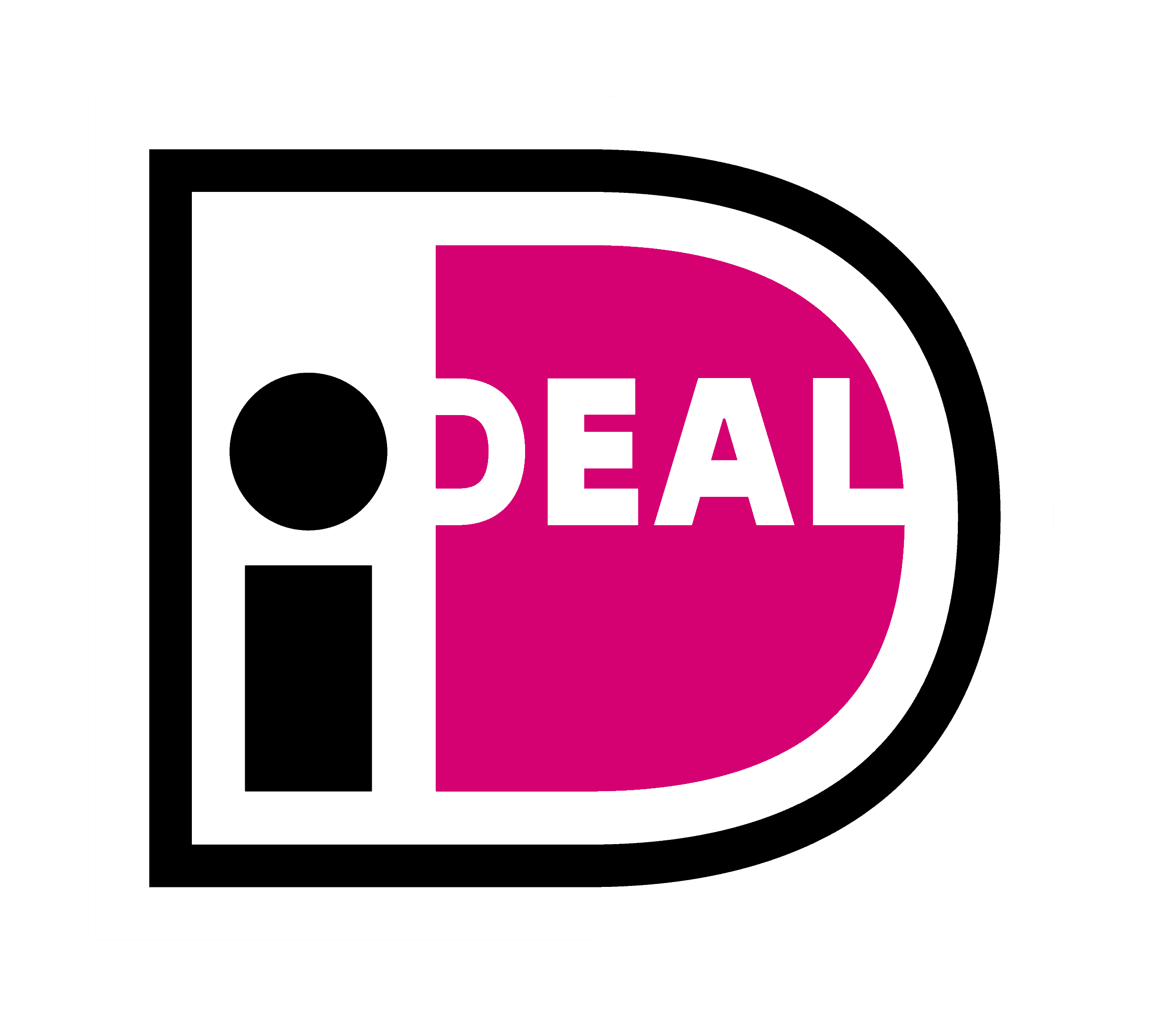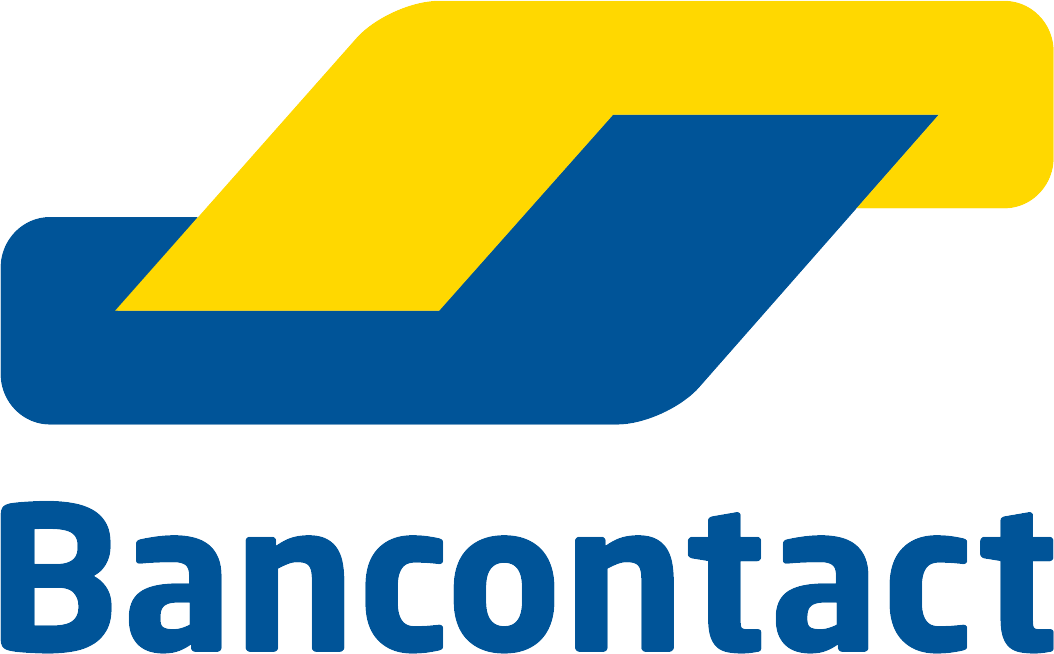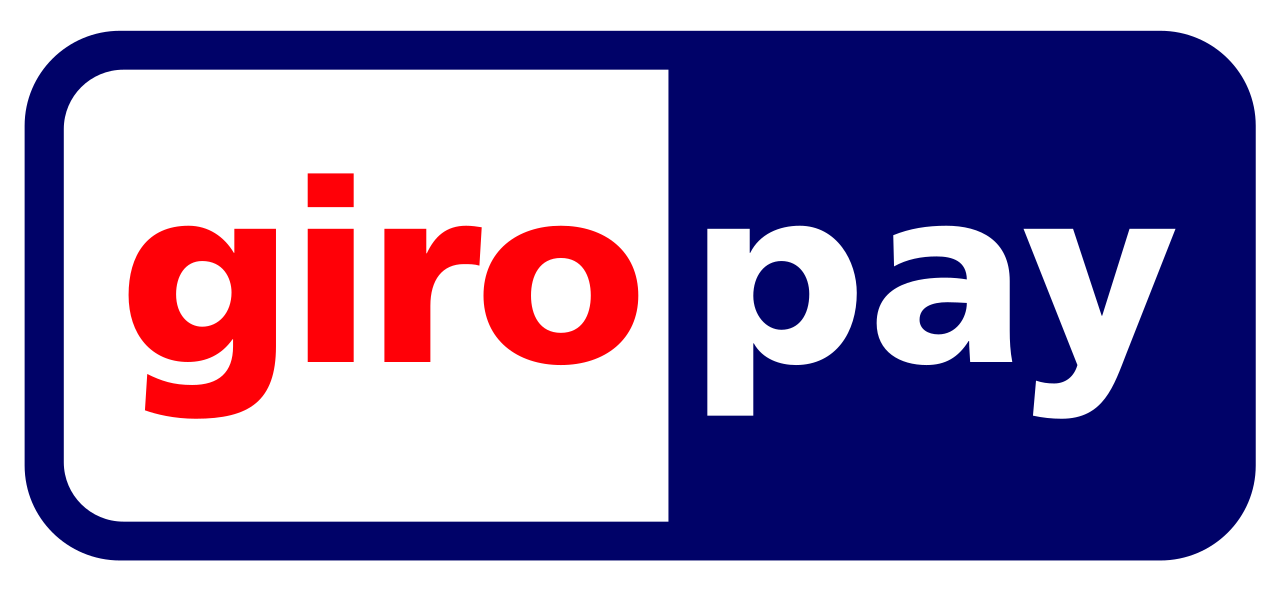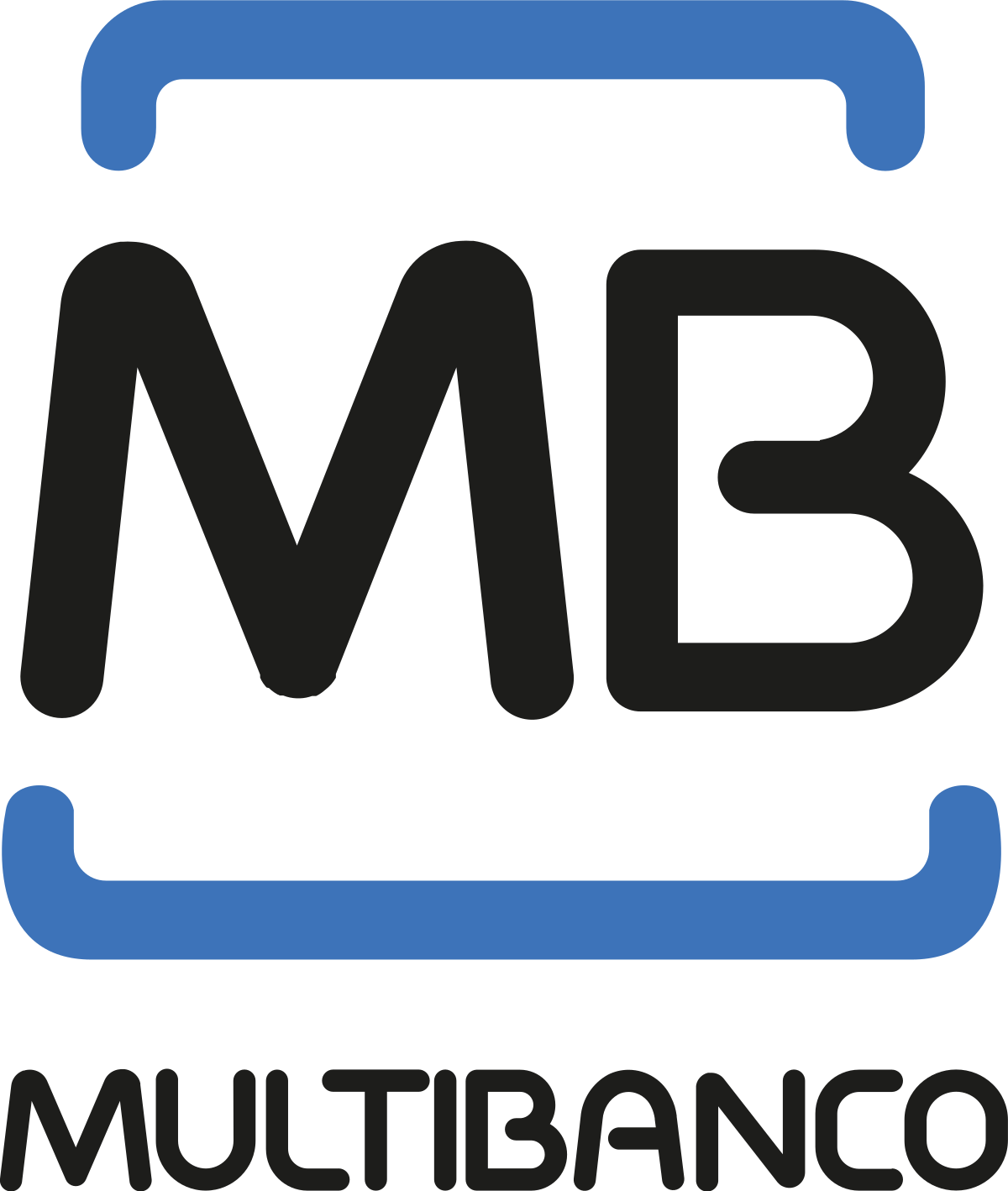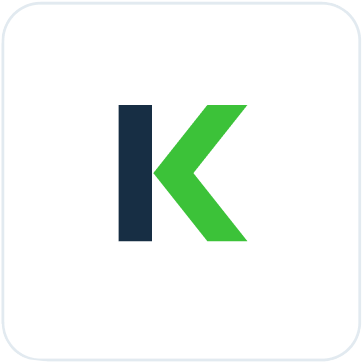
We help businesses accept payments online.
With one of the world’s largest eCommerce sectors, estimated to be worth $125 billion (as of 2025), a highly connected consumer base, a steady growth rate, and superior shipping and delivery infrastructure, South Korea is a lucrative market for foreign eCommerce businesses.
However, many foreign businesses struggle to enter South Korea’s eCommerce market. Why? Many global merchants find that the same strategies that work in North America and Europe don’t apply here. This is because of South Korea’s unique digital ecosystem, specific consumer behaviors, and preferred payment preferences, which make market entry complex and challenging for businesses that don’t understand these nuances.
This guide aims to unblock some of the complexity by providing insights into consumer behavior, identifying major eCommerce platforms like Naver, and suggesting the best payment solutions for seamless transactions.
This understanding can help you better navigate the South Korean market and develop strategies and solutions to help your business succeed in one of the fastest-evolving and dynamic eCommerce markets.
Why South Korea?
South Korea is quickly emerging as a global leader in online retail, with an eCommerce market that is predicted to be valued at over $125 billion by 2028. South Korea has the fourth-largest eCommerce market in Asia, behind China, India, and Japan, and is the sixth-largest globally. With a CAGR of 13.8%, it is expected to reach $156 billion by 2028.
A highly connected and digitally savvy consumer base, widespread internet access, and mobility are key drivers of this growth. As a result, the shopping experience has been transformed with innovations like AI, social commerce, live streaming, and alternative payment methods.
The key success strategy for foreign businesses entering the market is being able to localize and meet the high expectations of online consumers. South Korean consumers trust local brands more than international brands. They also prefer customized experiences that reflect their cultural preferences and shopping habits.
South Korea’s Digital Landscape: A Hyper-Connected Market
With almost 100% of households having internet access, South Korea is a hyper-connected market. 95% of the population owns one or more smartphones (second phones are often used for entertainment and gaming).
South Korea is a leader in digital adoption. Due to government initiatives and the influence of the 2018 PyeongChang Winter Olympics, South Korea pushed for 5G development and achieved full nationwide deployment in 2019. This made South Korea the first country to launch a 5G mobile network, now available in most public spaces, including the subway system.
5G is particularly beneficial in South Korea, where the average daily commute is 96 minutes. Boredom is a key driver of purchasing behavior, with commuters spending much of their transit time on smartphones and shopping online.
The South Korean Consumer: What You Need to Know
High Digital Literacy
South Korea has some of the most digitally literate and tech-savvy consumers, with high expectations for seamless, efficient, and customized online shopping experiences. With 94% of South Koreans aged 20-39 making online purchases, eCommerce shopping is especially popular among younger consumers.
Less Trust in International Brands
South Korean consumers tend to do extensive research and read reviews and recommendations from local platforms, blogs, and influencers before buying. Even though they are open to new brands, they can be wary of international brands, especially ones that are unfamiliar or they feel they don’t culturally relate to. Lack of local language support and payment options also affect trust and credibility. Brands that can localize the shopping experience with South Korean preferences and cultural nuances have the potential to succeed.
The Rise of the “Untact” Economy
During the COVID-19 pandemic, eCommerce sales increased globally. In South Korea, there was a rise in the “untact” economy. A combination of the words “un” and “contact” and “untact” refers to digital, contact-free, and remote services, which were in demand during the pandemic and led consumers to expect seamless online shopping experiences and contactless delivery services.
Key Online Platforms for South Korean Shoppers

South Korea has a unique and highly competitive eCommerce market, with local and international service providers. When it comes to shopping, consumers have their preferred online platforms, each of which plays a role in different parts of the customer’s buying journey.
For example, when searching, consumers use Naver more than Google, while KakaoTalk and YouTube strongly influence the final purchasing decision. Understanding the key online platforms can help foreign businesses leverage them effectively. Below is an overview of some of the major online platforms:
Naver
With 38.8 million monthly users, about 75% of the population, Naver is South Korea’s leading search engine. Shoppers use it to get product information, read reviews, and make comparisons.
Leveraging Naver effectively
Naver has multiple platforms that businesses can use to reach customers. Naver shopping allows merchants to sell directly, while the Naver Search Engine helps to increase visibility through SEO and targeting customers through paid ads.
Even though Naver is South Korea’s main search engine, Google is still relevant. In South Korea, shoppers start their search on Naver, using it to find products, which they later verify by looking them up on Google.
How to leverage Google
Businesses can leverage Google by customizing display ads to target South Korean consumers at different stages of the buying journey and optimizing their website for Google’s search engine.
Kakao Talk
Kakao is used by 90% of the population, and is heavily embedded in South Korean daily life; Kakao Talk is used for communication, Kakao Shopping is used for looking for products, and Kakao Pay is used to pay for them.
Kakao Talk is the leading messaging app and has social features through which users discover products and receive product recommendations from brands and friends directly in their messaging feeds.
How to Leverage Kakao
Businesses can list products on the Kakao shopping platform, advertise through Kakao Ads, and offer Kakao Pay as a payment option. This allows them to provide convenience and build trust.
YouTube
YouTube helps businesses in South Korea with their brand awareness and consumer engagement. Before purchasing, shoppers research products and services through YouTube content, which shows them product reviews, unboxing, and tutorials.
How to Leverage YouTube
Collaborating with popular South Korean YouTube influencers can help brands showcase their products, by creating engaging and authentic content that informs consumers and builds brand trust. YouTube also has paid advertising options, like pre-roll and video discovery which allow you to reach a targeted audience and drive traffic to your site.
Coupang
Coupang is South Korea’s largest eCommerce platform. It is often compared to Amazon because of its fast delivery and competitive pricing. It even has an express delivery service, Rocket Delivery, which provides same-day or next-day product shipping (similar to Amazon Prime). The user-friendly interface attracts many consumers who browse, compare, and purchase products.
How to Leverage Coupang
Coupang’s Seller Center, allows you to list your products on the platform and tap into its vast user base. Coupang’s Rocket Delivery service provides quick and reliable shipping. Coupang also has promotional events that can be leveraged to offer discounts, increase visibility, and drive sales, especially during peak shopping periods.
The Role of Naver: The Ultimate Trust-Building Platform
In South Korea, Naver plays a critical role in the customer journey. Although it is often compared to Google, there are differences in use and influence. Understanding how to leverage these differences and Naver’s unique features can help you to connect better with South Korean consumers.
Naver vs. Google: Different Roles Roles in the Buying Journey
South Korean consumers use both Naver and Google in their buying journey although at different stages:
- Naver is mainly used at the beginning when consumers are looking for products and getting information about features and functions. In this stage, they will use Naver’s comprehensive services, including blogs, reviews, and user-generated content, to get product details.
- Google is used later in the decision-making process when consumers want to validate their selections and compare products before finalizing their purchase.
For businesses this emphasizes the strategy of using multiple platforms for different purposes; in this case, Naver focuses on engagement, and Google to get conversions.
The Importance of User-Generated Content, Blogging, and Influencer Partnerships on Naver
Naver’s multiple platforms create an ecosystem where users can share user-generated (UGC), which allows businesses to build consumer trust through:
- User-Generated Content: Naver Cafe and Naver Blog allow consumers to host UGC, which is used to share opinions and make purchasing decisions.
- Blogging Strategies: Through Naver Blog, businesses can create personalized content for brand visibility and credibility. Brands can increase engagement by regularly updating their blogs with responses to consumers’ questions and comments.
- Influencer Partnerships: Brands can reach established audiences by collaborating with Naver influencers and leverage their credibility for brand awareness and consumer trust.
Key SEO and Content Strategies to Enhance Visibility & Trust on Naver
Implementing tailored SEO and content strategies can help businesses increase visibility and trust. Effective SEO strategies include:
- Local Backlinking: Naver’s algorithm prioritizes local links over international ones, so brands should focus on getting backlinks from South Korean websites.
- Naver Blog Optimization: Having and maintaining an active Naver Blog with high-quality content, allows you to improve search rankings and engage with the local audience.
- Naver Knowledge iN Participation: Businesses can contribute to user questions as subject-matter experts on Naver Knowledge iN, which allows them to establish authority and drive traffic to their sites.
- Utilize Naver Webmaster Tools: These tools allow you to regularly monitor the performance of your website so that you can identify and resolve potential visibility issues.
- Leverage Naver Advertising: Naver has various advertising options, such as display ads and sponsored content, which can be used to enhance reach and visibility.
Understanding and integrating these strategies can help businesses effectively navigate Naver’s unique landscape, build trust, and improve engagement with South Korean consumers.
Payment Preferences in South Korea: What Works Best?
South Korean consumers prefer diverse payment options. These include traditional methods like credit cards and modern preferences like digital payments. Businesses should understand these preferences for seamless transactions and smooth customer experiences.
Reliance on Local Credit Cards
Credit cards have been used in South Korea for a long time. Currently, over 50% of online eCommerce purchases are paid for with credit cards, and 60% of the population has at least one credit card, with the average person owning six credit cards.
Visa and Mastercard are widely used along with local providers like KB Card, Hyundai Card, and Shinhan Card.
The Rise of Digital Payment Solutions
Increased smartphone usage and fintech have helped South Koreans adopt digital wallets and mobile payment platforms.
Key providers include:
Naver Pay
Naver Pay is South Korea’s leading mobile payment method and has an ecosystem where users can make payments, manage finances, and transfer money quickly and securely.
Kakao Pay
Kakao Pay is South Korea’s second most used payment platform. Its features are user-friendly and allow for seamless online and offline transactions.
Toss
Toss was initially launched as a money transfer service for peer-to-peer transactions, Toss has expanded as a comprehensive platform, offering financial services such as payments, investments, and insurance.
PAYCO
PAYCO caters to a wide user base, providing a variety of payment services that include online payments, barcode payments, and loyalty points.
KOMOJU: Simplifying Payments for Global Brands
KOMOJU is a payment gateway that helps eCommerce businesses expand globally by supporting both local and global payment methods.
Benefits of partnering with KOMOJU include:
- Acceptance of a wide range of payment methods: KOMOJU supports a wide range of payment methods which include both international and local options. This allows businesses to sell across different regions, increase their reach, and expand their customer base
- Compliant with PCI DSS v4.0, ensuring top-tier security for transactions: KOMOJU ensures that your business complies with local and industry regulations like PCI-DSS. Advanced encryption and fraud prevention features further enhance security.
- Enables seamless checkout experiences tailored for the South Korean market: KOMOJU can help your business reduce the complexity of expanding into a new region. With South Korea as one of its key markets, a single integration with KOMOJU allows merchants to offer South Korean popular alternative payment methods including Naver Pay, Kakao Pay, and PAYCO, that are trusted and meet local customer expectations.
Overcoming Challenges: How to Gain Consumer Trust
To succeed in the South Korean market, businesses need to earn the trust of local consumers, who are often skeptical of foreign businesses. Once earned, this trust can lead to increased customer loyalty, reduced cart abandonment rates, and higher conversions.
Strategies for Building Trust Include:
1. Providing In-language & Localized Content
Translating your website, product descriptions, and other content into Korean while having Korean-speaking customer support handle inquiries and complaints shows customers that you value and respect their language and culture.
However, it is not enough to simply translate your message. Content should also be adapted so that it is relevant and considerate of cultural nuances, social norms, and local preferences.
This helps customers feel more comfortable and confident in making a purchase and improves the overall customer experience, making customers more likely to trust your brand and recommend it to others.
2. Working with Influencers
Working with influencers can increase your credibility among South Korean consumers. Influencers can have 5%-19% higher engagement than traditional advertising.
It is important to work with influencers who not only resonate with your brand but also with your target audience and are active on local platforms like Naver blogs. The goal is to leverage their knowledge of language and cultural nuances while remaining authentic.
3. Offer Secure and Familiar Payment Options
To reduce cart abandonment rates, it’s important to provide payment methods that South Korean consumers recognize and trust. By offering local payment solutions, such as Kakao Pay, Toss, and PAYCO, alongside traditional credit card options, businesses increase the chances of conversion and build trust.
Final Thoughts: Succeeding in South Korea’s eCommerce Market
With one of the world’s largest eCommerce industries, South Korea is a promising market with a lot of potential for foreign eCommerce businesses to thrive.
Despite this, the market can be very complex and challenging to enter. However, by prioritizing local consumer habits and tailoring the shopping experience to meet the expectations, international brands can gain the trust of local consumers and thrive in this dynamic market.
A key strategy to remove the complexity and succeed is localizing content. Leveraging major platforms like Naver to gain trust and provide seamless payment options, partnering with South Korean influencers, and working with a payment gateway like KOMOJU.
FAQs
South Korea has one of the largest eCommerce markets in the world. Valued at $125 billion by 2025, and with a CAGR of 13.8%, it is expected to reach USD 156 billion by 2028. It is driven by a highly connected and digitally savvy consumer base, widespread internet access, and mobility, with the shopping experience transformed by AI, social commerce, live streaming, and alternative payment methods.
South Korea’s eCommerce platform can be complex for foreign merchants. The biggest challenge for businesses entering South Korea is understanding South Korea’s unique digital ecosystem, specific consumer behaviors, and preferred payment preferences.
Naver Pay is South Korea’s integrated mobile payment service. It enables users to make payments, manage finances, and transfer money quickly and securely through Naver’s ecosystem. Conveniently linked with services like Naver Shopping and Naver Webtoon, Naver Pay offers a seamless and efficient financial experience directly from mobile devices.

We help businesses accept payments online.





